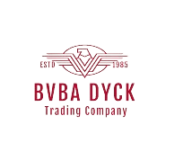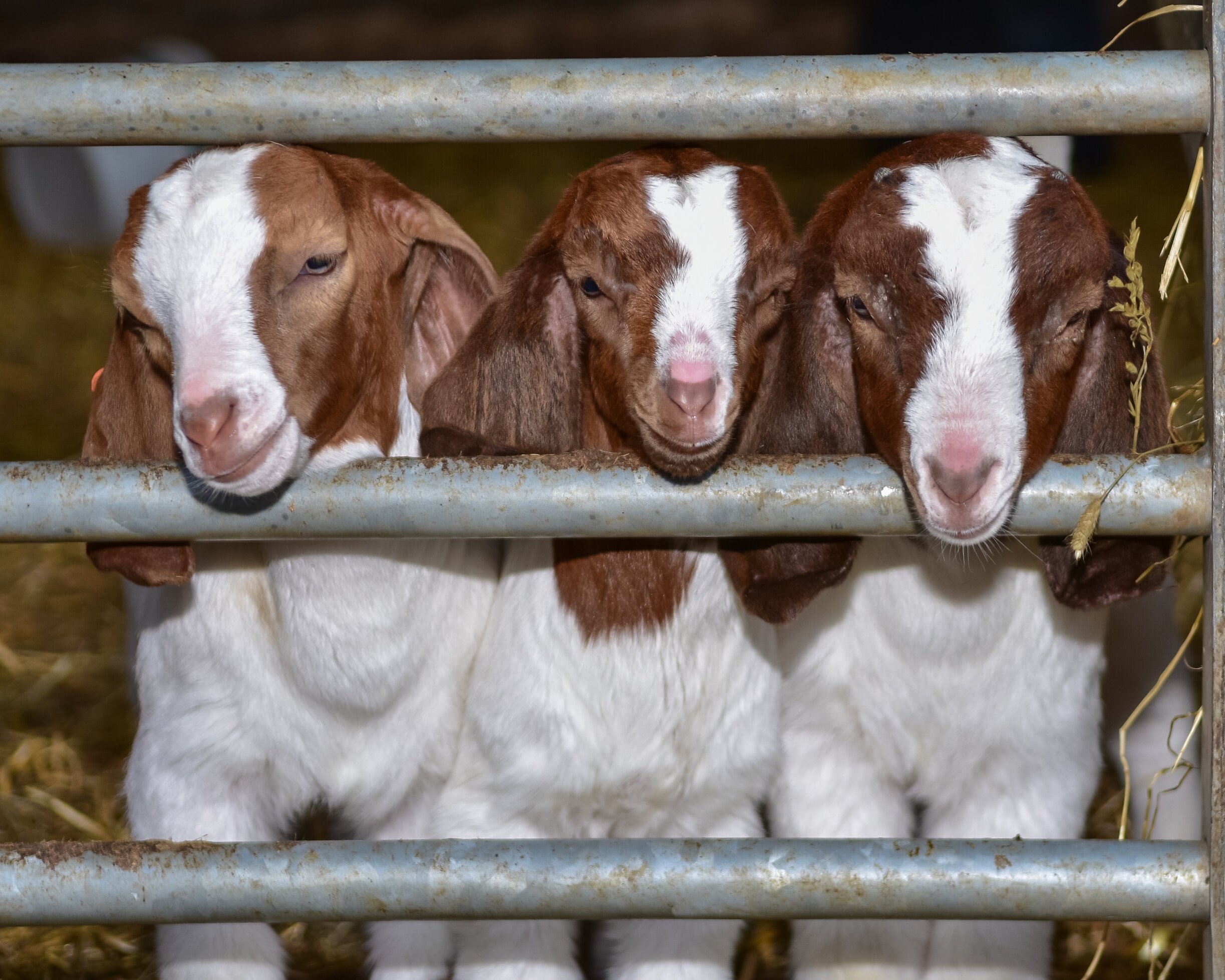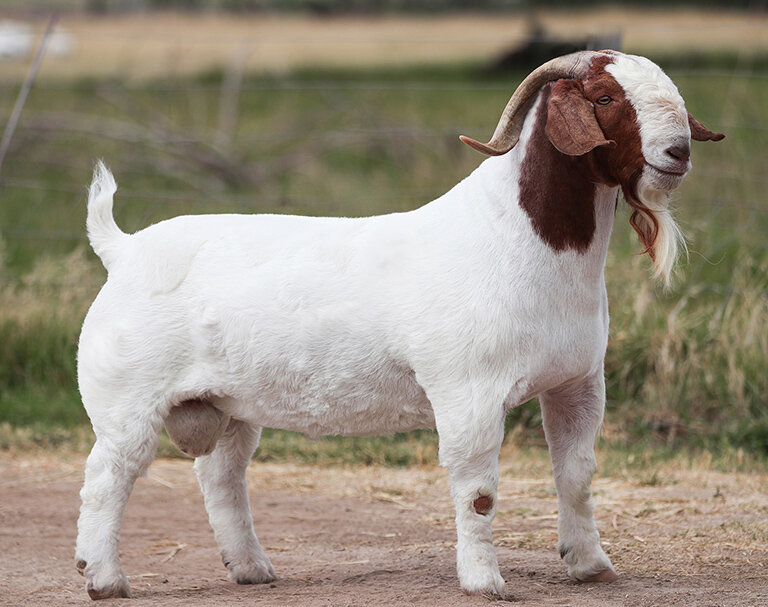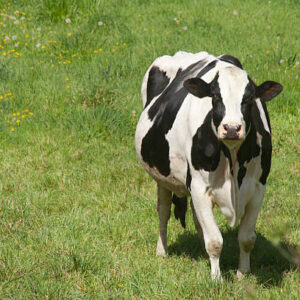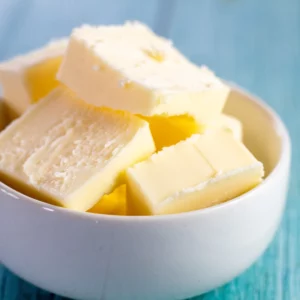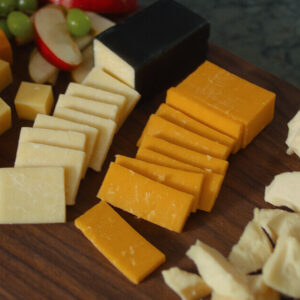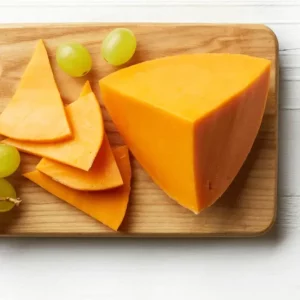Boer Goats are popular among farmers and breeders because of their hardiness, adaptability, and meat production. Boer goats are known for their robustness and resistance to diseases, which makes them easy to rear and maintain.
Boer Goats are large, muscular, and have a distinctive look. They have a white body and a brown head, with a broad chest and thick legs. Boer goats are known for their rapid growth, and they can reach a weight of up to 200 pounds within six months. Their meat is known to be lean, tender, and flavorful, making it popular among consumers.
Boer goats are also known to be excellent foragers. They can withstand dry and arid climates, making them suitable for farming in many regions around the world. They are also low-maintenance animals, making them ideal for small-scale farmers and hobbyists.
Boers are docile by nature, despite their size and graze well. Adult bucks can reach 150 Kg., and does 100 Kg. Boer bucks can be used as terminal sires to improve meat carcass from dairy does.
Characteristics and breed standard
The breed standards of the various Boer Goat associations have guided the Boer goat to today’s improved breed, with emphasis on:
- Good overall conformation, being heavier than other breeds.
- Well muscled body, having a high dressing percentage.
- Hair covering being short and white with dark pigmented skin, red markings on the head
- High fertility and birth rate
- Maturing faster for slaughter
Low percentage Boer females make excellent dual purpose meat/milk animals. (While higher percentage does will rear their kids successfully, the volume of milk is lower and lactation shorter than dairy breeds.) As numbers grow, herds of Boers kept solely for meat production are beginning to appear and the future looks bright for this breed of gentle giants.
